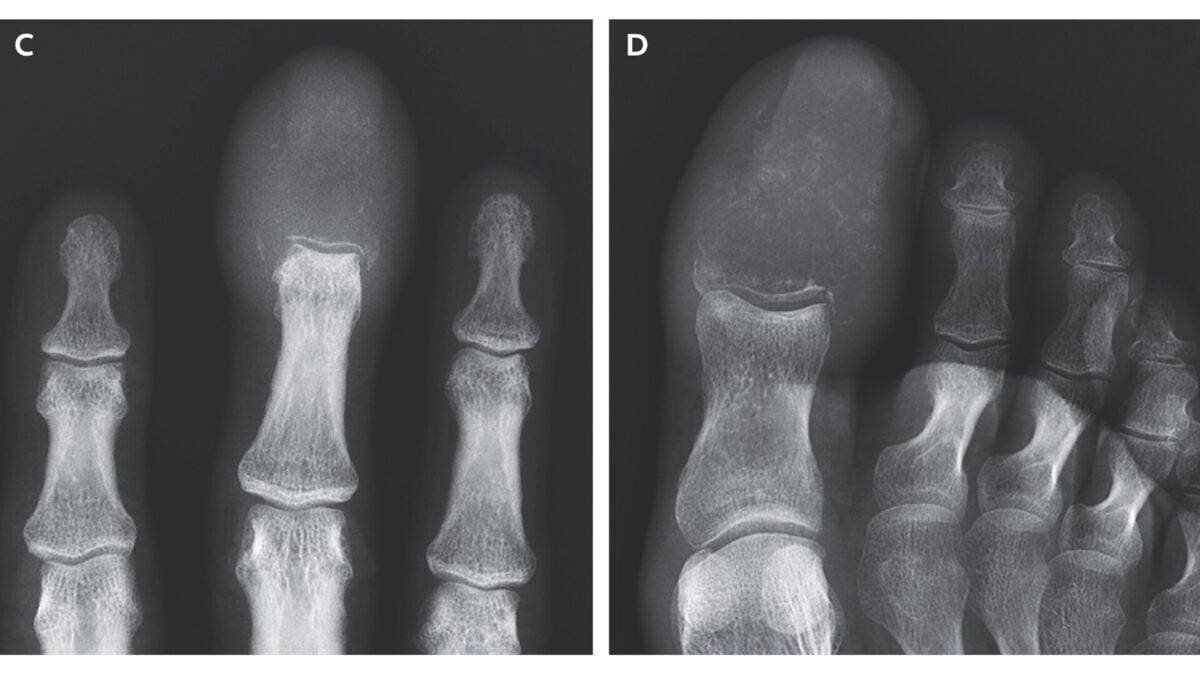Mysterious Petroglyphs Reemerge on Oahu Beach

Shifting sands have once again revealed mysterious petroglyphs on the shores of a remote group of islands. The carvings appear and disappear depending on the water current, sometimes remaining hidden for years at a time before returning like a divine omen.
But they’re not (as far as we know) an auspice, and this isn’t a fantasy movie. The petroglyphs are carved in sandstone along a beach on Oahu’s west coast, in front of a U.S. Army recreation center, and could be over 1,000 years old, as first reported by Hawaii News Now.
The carvings consist of 26 individual images, most of which are human stick figures, according to SFGATE. The largest petroglyph is over 8 feet (2.4 meters) tall and almost 8 feet wide, and two especially large human figures have unexpected features: fingers. Their periodic reemergence is dictated by waves and the water current, whose natural processes move sand and sediments along the beach.
Two guests staying at the recreation center first spotted the petroglyphs in 2016, according to ABC News. Experts don’t know what they mean or exactly how old they are, but a nearby archaeological site is around 600 years old. Glen Kila, a Native Hawaiian cultural practitioner and expert on the local culture and history, believes that the petroglyph’s return is a message from his ancestors.

“It’s telling the community that the ocean is rising,” Kila, who descends from the coastline’s indigenous Hawaiian people, told ABC News. In a 2017 interview with the U.S. Army, Kila said he interpreted one of the fingered human stick figures to be the demigod Maui, according to SFGATE. Maui is a mischievous “trickster hero” in Polynesian myth with magical powers, frequently considered a demigod. The iconic hero appears in Disney’s Moana, voiced by Dwayne Johnson.
“Because he [Maui] played a role in our moolelos over here. And the reason why I say that because the way the fingers are from the east is like the rising sun to the setting sun. So it’s a religious symbol,” Kila explained. “Like what we have for Christianity, the cross or the other symbols.” Moʻolelo is a Hawaiian term that encompasses different meanings, including story, tale, myth, history, tradition, and literature.
The Hawaiian Islands were one of the last places on Earth to be settled by humans. Polynesians arrived first and may have made landfall as early as 300 CE. Though the natives didn’t have a written language, metal, pottery, or cattle, they were skilled craftsmen of wood, stone, bone, and shell; built huge seafaring vessels; and transmitted their rich culture from generation to generation orally. Petroglyphs were a visual aid to transmit oral stories, according to The History Blog.
British explorer Captain James Cook arrived in Hawaii in 1778. After over a century of growing Western influence, businessmen from the United States and Europe, backed by U.S. armed forces, overthrew the Hawaiian monarchy. President William McKinley annexed the territory in 1900.
It remains to be seen when the petroglyphs will disappear beneath the sand again. Given the current state of affairs, however, Kila’s ancestors could be warning us about a whole slew of environmental and geopolitical missteps.








